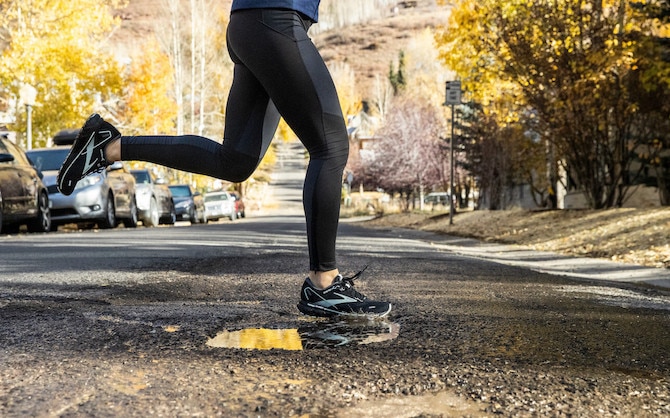What are shin splints?

I developed a love for running as a freshman in high school and jumped into the sport with reckless abandon. Brazenly ignoring all of the advice regarding warm-ups, stretching, rest days, and all other forms of self-care, I found myself with a variety of aches and pains I didn't understand. Of primary concern was a constant ache in both of my shins that many new runners encounter – the dreaded shin splints.
You might have heard of this condition before. But, like freshman me, you may not fully understand what's going on. So, what are shin splints, exactly?
Understanding shin splints
Shin splints are characterized by dull pain and tenderness along the front of your lower legs. But what's actually going on?
Essentially, shin splints are just a swelling of the tendons that connect your muscles and bones together in your lower leg. This can happen for a number of reasons, but is generally associated with hard, repetitive activity, such as running.
Maybe you simply ran too far or too fast. Maybe your shoes don't fit quite right. Your stride might even need some adjustment. Whatever the cause, something about your workout is a little too much for your tendons. As with muscles that have been pushed a little too far, tendons swell and undergo a pretty amazing repair process.
While you're dealing with this pain, you might not appreciate the incredible, adaptive machine that is your body. Instead, you might just want to know how to make it go away.
How to treat shin splints
Fortunately, treatment for shin splints is pretty simple; just stop doing the thing that hurts, or at least do it less frequently.
If you've already developed a taste for running, that may be easier said than done. But your tendons need time to rest and recover. Meanwhile, you can help out those natural processes by stretching and icing your shins. Strength training is also a great way to stay active and prevent future injuries. If needed, anti-inflammatories may also help.
The bottom line? Shin splints are common for newer runners, and the most effective treatment is to simply ease up on the activity that's causing the pain. For more on preventing shin splints, check out our in-depth article on the topic.
Our writer's advice is intended for informational or general educational purposes only. We always encourage you to speak with your physician or healthcare provider before making any adjustments to your running, nutrition, or fitness routines.
